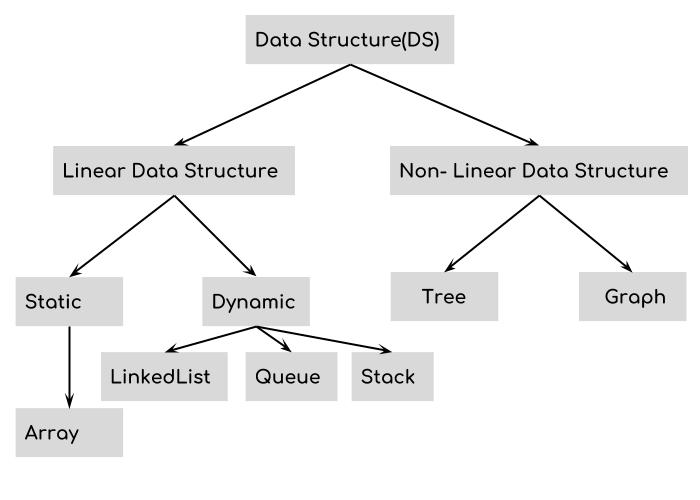In theoretical analysis of algorithms, it is common to estimate their complexity in the asymptotic sense, i.e., to estimate the complexity function for arbitrarily large input. The term "analysis of algorithms" was coined by Donald Knuth.
Algorithm analysis is an important part of computational complexity theory, which provides theoretical estimation for the required resources of an algorithm to solve a specific computational problem. Most algorithms are designed to work with inputs of arbitrary length. Analysis of algorithms is the determination of the amount of time and space resources required to execute it.
Usually, the efficiency or running time of an algorithm is stated as a function relating the input length to the number of steps, known as time complexity, or volume of memory, known as space complexity.
The Need for Analysis
In this chapter, we will discuss the need for analysis of algorithms and how to choose a better algorithm for a particular problem as one computational problem can be solved by different algorithms.
By considering an algorithm for a specific problem, we can begin to develop pattern recognition so that similar types of problems can be solved by the help of this algorithm.
Algorithms are often quite different from one another, though the objective of these algorithms are the same. For example, we know that a set of numbers can be sorted using different algorithms. Number of comparisons performed by one algorithm may vary with others for the same input. Hence, time complexity of those algorithms may differ. At the same time, we need to calculate the memory space required by each algorithm.
Analysis of algorithm is the process of analyzing the problem-solving capability of the algorithm in terms of the time and size required (the size of memory for storage while implementation). However, the main concern of analysis of algorithms is the required time or performance. Generally, we perform the following types of analysis −
Worst-case − The maximum number of steps taken on any instance of size a.
Best-case − The minimum number of steps taken on any instance of size a.
Average case − An average number of steps taken on any instance of size a.
Amortized − A sequence of operations applied to the input of size a averaged over time.
To solve a problem, we need to consider time as well as space complexity as the program may run on a system where memory is limited but adequate space is available or may be vice-versa. In this context, if we compare bubble sort and merge sort. Bubble sort does not require additional memory, but merge sort requires additional space. Though time complexity of bubble sort is higher compared to merge sort, we may need to apply bubble sort if the program needs to run in an environment, where memory is very limited.
Complexity of Algorithms
Time complexity of an algorithm quantifies the amount of time taken by an algorithm to run as a function of the length of the input. Similarly, Space complexity of an algorithm quantifies the amount of space or memory taken by an algorithm to run as a function of the length of the input. ... Let each operation takes time.
Introduction Data structure........
A data structure is a special way of organizing and storing data in a computer so that it can be used efficiently. Array, LinkedList, Stack, Queue, Tree, Graph etc are all data structures that stores the data in a special way so that we can access and use the data efficiently. Each of these mentioned data structures has a different special way of organizing data so we choose the data structure based on the requirement, we will cover each of these data structures in a separate tutorials.
Data Structure Types
We have two types of data structures:
1. Linear Data Structure
2. Non-linear Data Structure
Linear data structures: Elements of Linear data structure are accessed in a sequential manner, however the elements can be stored in these data structure in any order. Examples of linear data structure are: LinkedList, Stack, Queue and Array
Non-linear data structures: Elements of non-linear data structures are stores and accessed in non-linear order. Examples of non-linear data structure are: Tree and Graph
Classification of Data Structure with Diagram

Why we need data structures? – Advantages of DS
We need data structures because there are several advantages of using them, few of them are as follows:
1. Data Organization: We need a proper way of organizing the data so that it can accessed efficiently when we need that particular data. DS provides different ways of data organization so we have options to store the data in different data structures based on the requirement.
2. Efficiency: The main reason we organize the data is to improve the efficiency. We can store the data in arrays then why do we need linked lists and other data structures? because when we need to perform several operation such as add, delete update and search on arrays , it takes more time in arrays than some of the other data structures. So the fact that we are interested in other data structures is because of the efficiency.
No comments:
Post a Comment